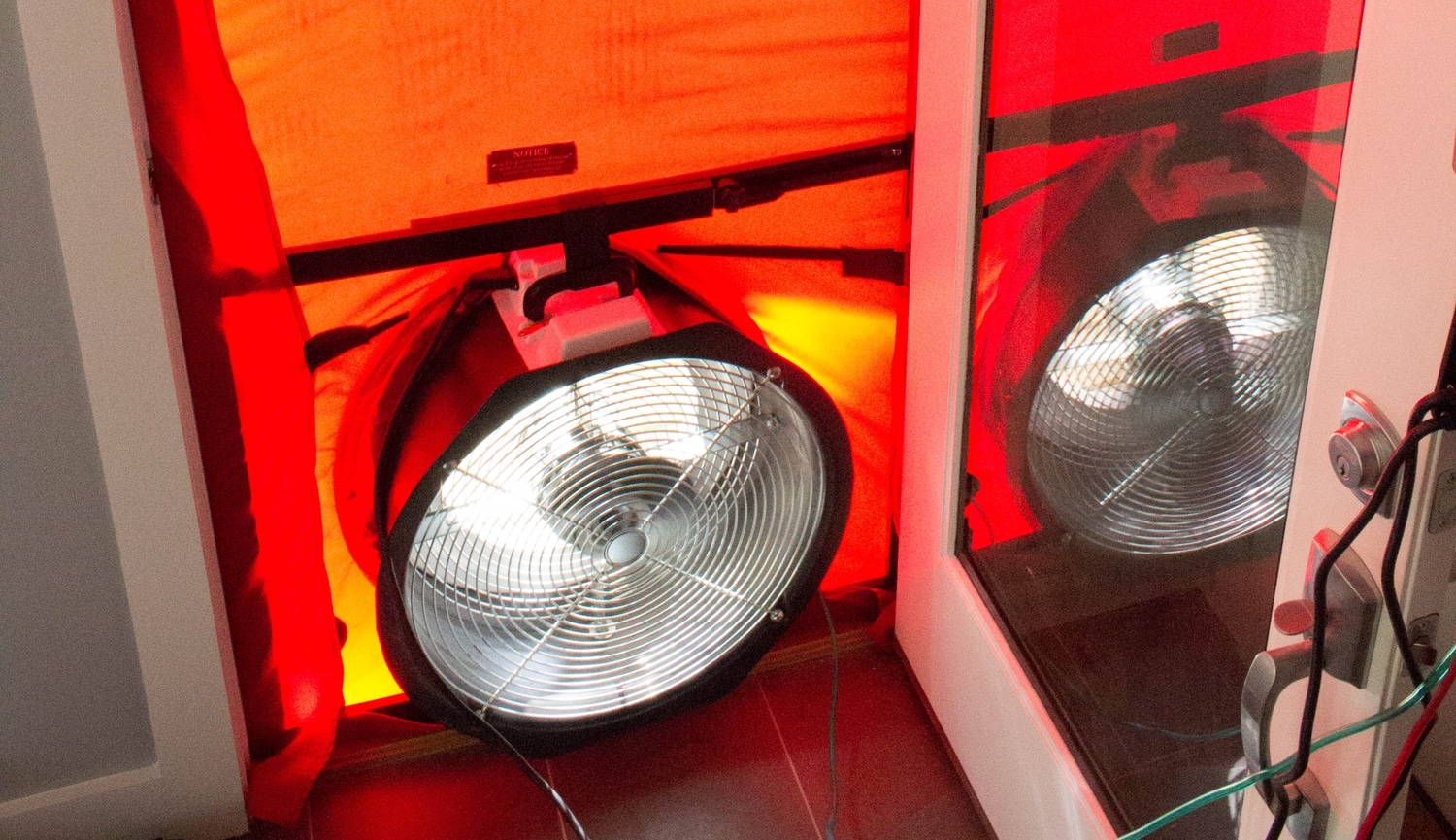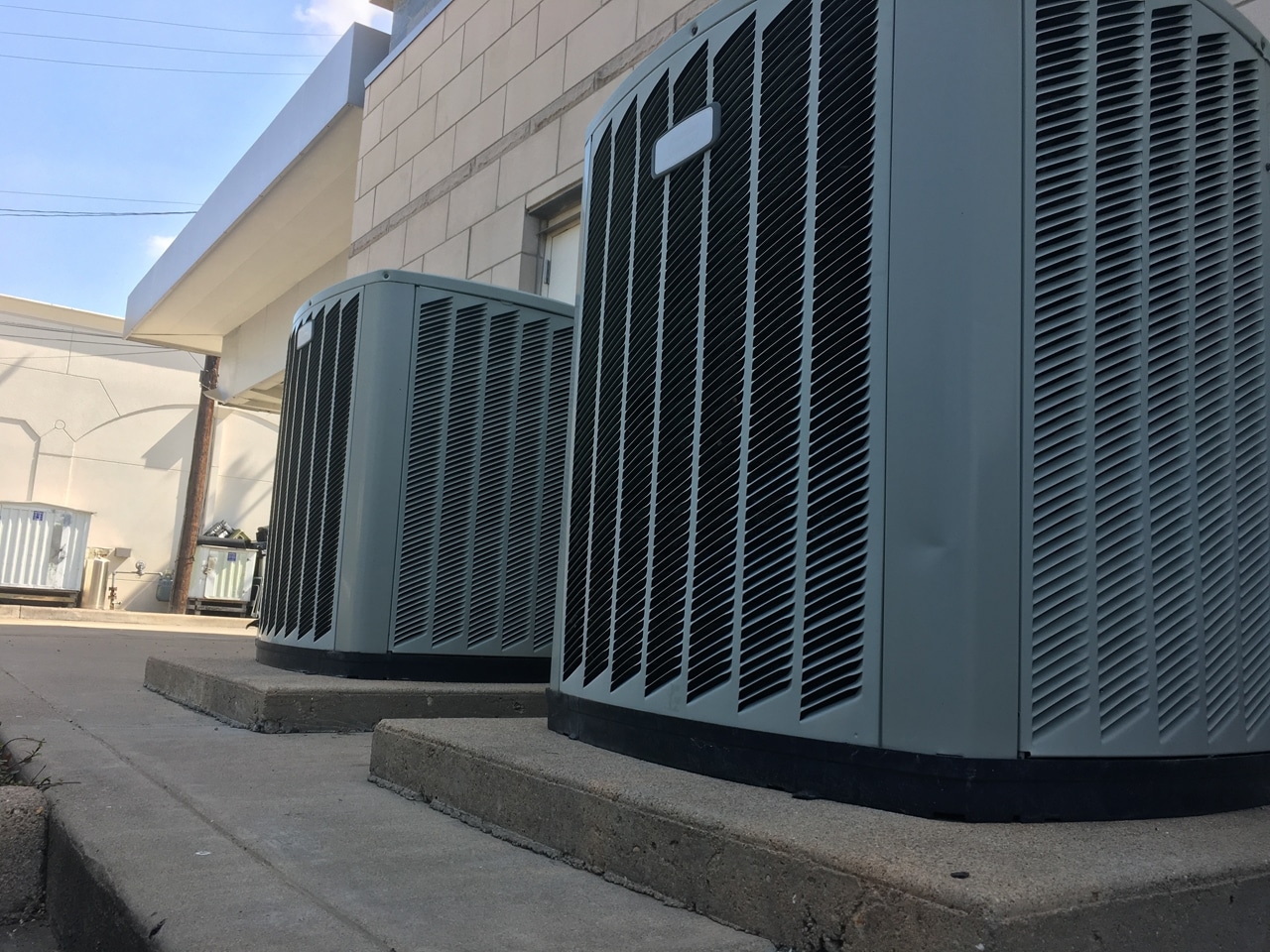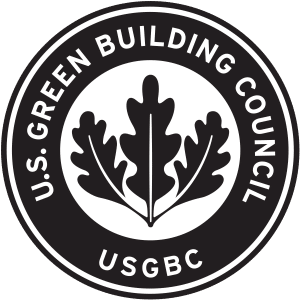Code compliance is an important hurdle every builder or contractor must navigate in new construction. New homes and residential buildings in Michigan must adhere to 2015 International Energy Conservation Code (IECC) standards, while those in Ohio must adhere to 2009 IECC standards.
With energy codes constantly evolving, we understand the need for trusted third party code compliance testing. As a certified HERS rater and home performance consultant, McNeely Building Group offers code compliance testing for builders, contractors, and homeowners throughout Michigan and Ohio.
Blower Door & Duct Leakage Testing
Blower door testing ensures that air leakage does not surpass limits outlined by the IECC, while duct leakage testing ensures ductwork is sufficiently airtight. Blower door and duct leakage testing are both required in Michigan and Ohio for IECC code compliance.
HVAC Equipment Sizing
While statewide energy codes have looser requirements regarding HVAC equipment sizing and ductwork design, proper HVAC design plays an important role in code compliance. We perform Manual J load calculations as well as Manual D duct design to ensure a house’s heating and cooling systems provide optimum comfort and energy efficiency.

Blower Door & Duct Leakage Testing







